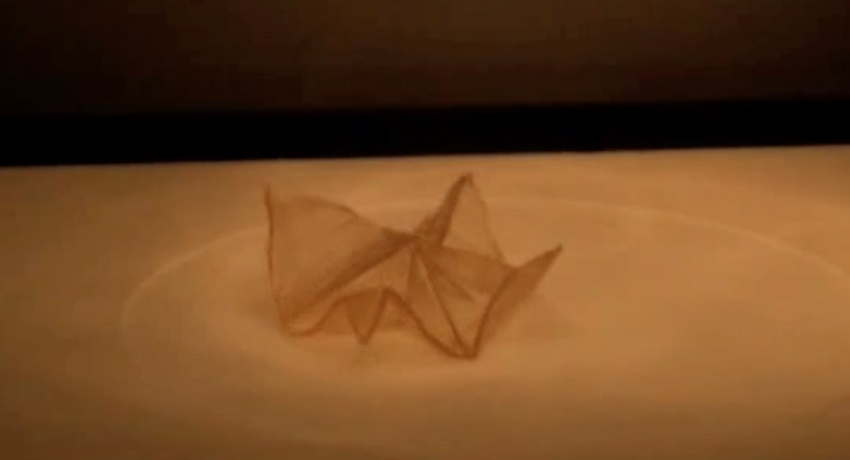Technology advancements of the 21st century, in any shape and form, are simply incredible, and I’m not talking just about that powerful yet tiny computer in your pocket. All around us, start-ups and researchers are thinking of new products that can improve various aspects of life. Take, for instance, researchers from the Zhejiang University, who have created a new kind of shape-shifting plastic that I can’t stop looking at.
DON’T MISS: How to see everything Facebook thinks it knows about you
A video found by FastCompany shows what seems to be a rather slim sheet of plastic that’s able to take various shapes and automatically morph into a different one. The best part is the material is able to memorize the various shapes it folds into, which means it could be reused for a specific tasks again and again.
It all looks like magic but there’s no trickery involved here. Using heat, researchers are able to change the shape of the plastic sheet repeatedly. It’s not exactly clear what purpose such a versatile material would have, but it could be used in various industries, including medicine and aerospace, thanks to its special folding powers.
The special polymer contains polycarprolactone (PCL) and a chemical called 1,5,7-triazabicyclo[4.4.0]dec-5-ene (TBD) that gives the material plastic powers. The ability to switch from an elastic to plastic state and vice-versa is what makes the material so special.
The plastic in the video below changes shapes at temperatures of 70 degrees Celsius for elasticity and 130 degrees Celsius for plasticity, which is simply too high for using it in certain applications. However, the researchers are looking at producing the same effects inside a slim sheet of special plastic at much lower temperatures.
Even so, a temperature gap between elastic and plastic thresholds is needed, for the material to easily and cleanly switch from one state to another. Above and below the PCL elastic temperature, the material can remember and flip between two shapes. Raising the temperature over the TBD threshold would let the user manipulate the material into a new shape to be memorized.
The full video follows below.
Smart origami structure from Meta on Vimeo.








